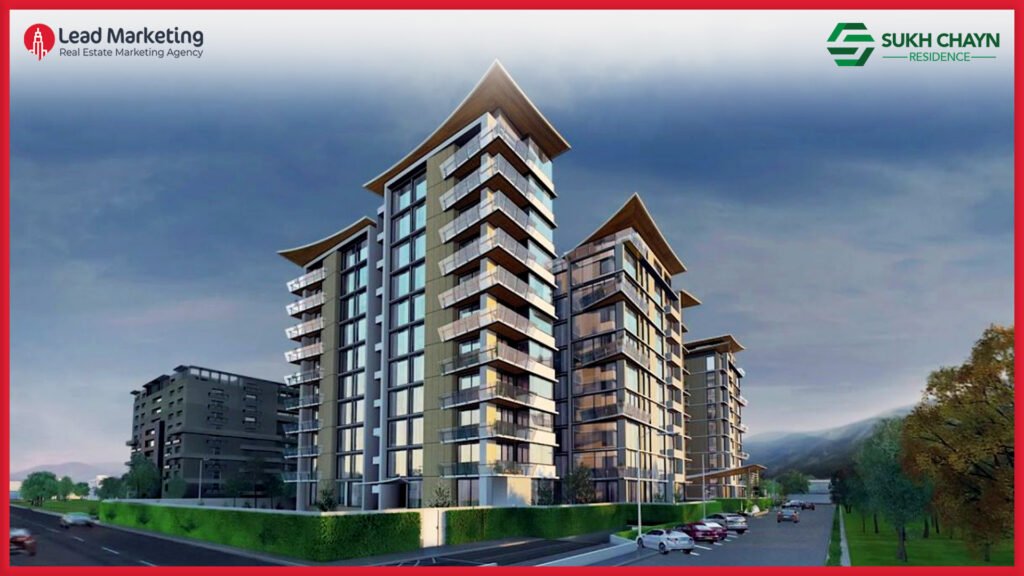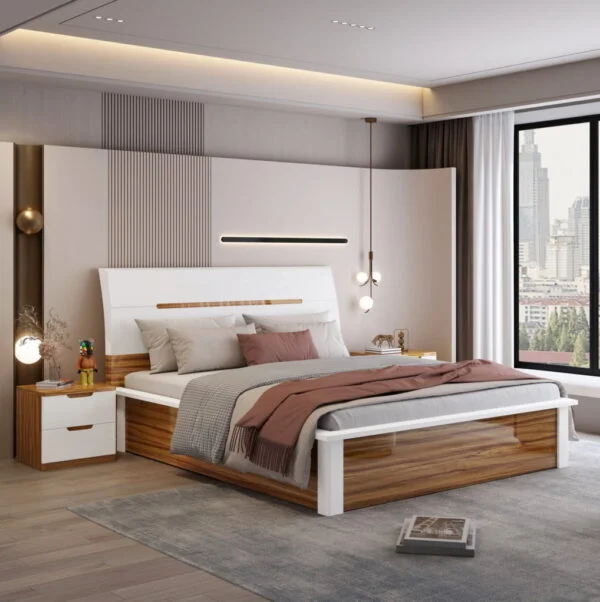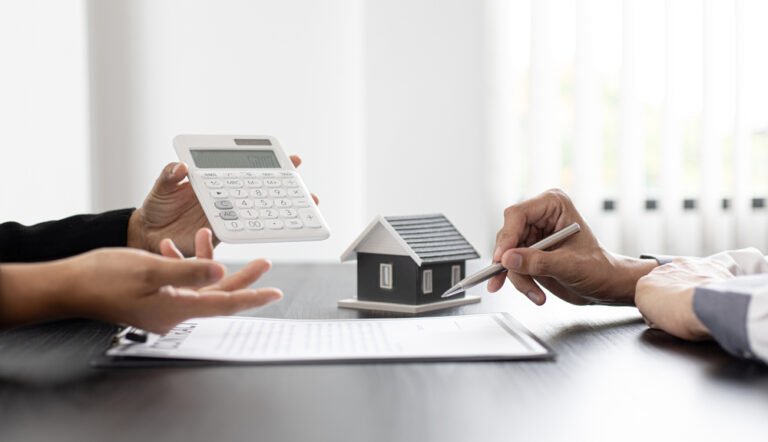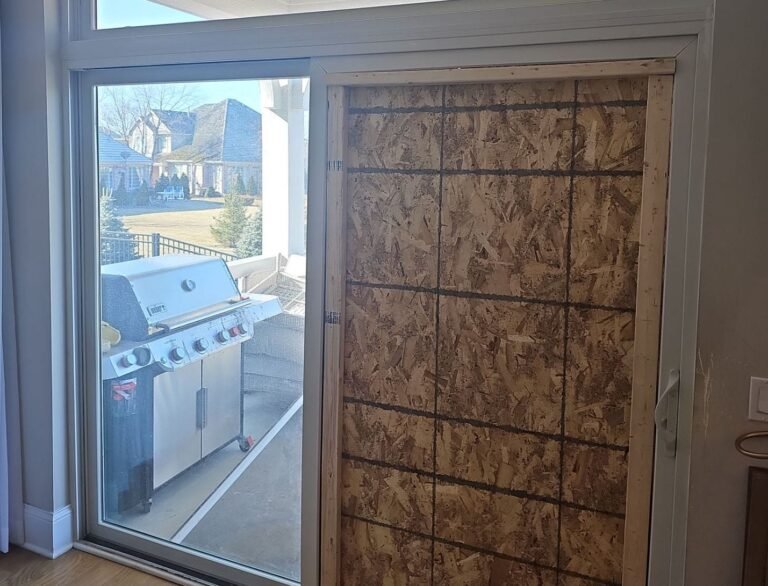“New Blue Area Islamabad: A Vision for Sustainable Urban Living and Community Development”
Islamabad, the capital city of Pakistan, is known for its beautiful landscapes, modern architecture, and thoughtful urban planning. However, like many metropolitan areas around the world, it faces challenges related to rapid urbanization, including pollution, traffic congestion, and a shortage of green spaces. To address these issues and create a more sustainable living environment, theNew Blue Area Islamabad project has been proposed. This initiative aims to develop an urban district that integrates green and blue spaces, promotes community well-being, and enhances ecological sustainability. This article explores the New Blue Area’s concept, key features, environmental and economic benefits, social implications, and the challenges it may face during implementation.
What is the New Blue Area?
The New Blue Area is a proposed urban development initiative designed to revitalize an underutilized portion of Islamabad by creating a vibrant, sustainable community. The project focuses on the integration of blue (water) and green (vegetation) elements to enhance the urban landscape, providing residents with access to nature, recreational spaces, and a healthier living environment. The vision for the New Blue Area is to create a model of sustainable urban development that balances ecological preservation with modern living needs.
Key Features of the New Blue Area
- Water Features: One of the hallmark features of the New Blue Area will be the incorporation of various water bodies, including artificial lakes, ponds, and canals. These water features will serve multiple purposes, such as improving stormwater management, providing habitats for local wildlife, and creating recreational opportunities for residents. The presence of water will enhance the aesthetic appeal of the area and contribute to a tranquil environment.
- Green Spaces: The New Blue Area will prioritize the establishment of extensive parks, gardens, and green corridors. These green spaces will offer residents a place for relaxation, exercise, and social interaction. They will be designed to promote biodiversity, improve air quality, and provide recreational facilities, such as walking and cycling paths, playgrounds, and picnic areas.
- Sustainable Building Practices: The architecture in the New Blue Area will reflect modern, sustainable design principles. Buildings will be constructed using eco-friendly materials, and energy-efficient designs will be prioritized. Features such as green roofs, solar panels, and rainwater harvesting systems will be integrated to minimize the environmental impact and reduce energy consumption.
- Smart Infrastructure: The New Blue Area will embrace smart technology to enhance urban living. This includes smart waste management systems, energy-efficient lighting, and traffic management solutions that optimize resource use and improve the quality of life for residents. By leveraging technology, the project aims to create a connected and efficient urban environment.
- Community Engagement: A key aspect of the New Blue Area initiative is community involvement in the planning and development process. Local residents will be encouraged to participate in workshops and forums to express their needs and preferences. This participatory approach ensures that the project aligns with community aspirations and fosters a sense of ownership among residents.
Environmental Benefits
The New Blue Area is expected to deliver several significant environmental benefits, aligning with global sustainability goals:
- Biodiversity Conservation: The integration of water bodies and green spaces will create diverse habitats for flora and fauna, contributing to the preservation of local biodiversity. The project aims to enhance ecosystem services, promoting a healthier urban environment.
- Stormwater Management: The incorporation of natural water features will facilitate effective stormwater management, reducing the risk of flooding during heavy rains. By allowing rainwater to infiltrate the ground, the project will minimize surface runoff and recharge groundwater aquifers.
- Improved Air Quality: The extensive greenery in the New Blue Area will play a vital role in improving air quality. Trees and plants will absorb carbon dioxide and other pollutants, resulting in cleaner air for residents and promoting better overall health.
- Climate Resilience: The project aims to enhance Islamabad’s resilience to climate change by incorporating blue and green infrastructure. These features will help mitigate the urban heat island effect, reduce energy consumption, and provide natural buffers against extreme weather events.
Economic Implications
The New Blue Area presents significant economic opportunities for Islamabad and its residents:
- Increased Property Values: The presence of parks and water bodies typically leads to increased property values in the surrounding areas. The New Blue Area is expected to enhance the desirability of neighborhoods, benefiting local real estate markets.
- Job Creation: The construction and ongoing maintenance of the New Blue Area will generate job opportunities for local residents. Additionally, increased foot traffic and tourism are likely to support local businesses, contributing to economic growth.
- Tourism Development: The establishment of attractive recreational spaces will make the New Blue Area a potential tourism destination. Visitors will be drawn to its natural beauty, outdoor activities, and community events, boosting the local economy.
- Support for Local Businesses: The presence of parks and water features will create a favorable environment for local businesses, such as cafes, shops, and recreational facilities. These establishments will benefit from increased foot traffic and community engagement.
Social Benefits
The New Blue Area is expected to provide numerous social benefits that enhance community well-being:
- Improved Quality of Life: Access to green and blue spaces has been linked to improved mental health and overall well-being. The New Blue Area will offer residents opportunities for relaxation, recreation, and social interaction, fostering a sense of community.
- Encouraging Physical Activity: The availability of outdoor spaces for walking, jogging, and cycling will encourage physical activity among residents, promoting healthier lifestyles and reducing the prevalence of lifestyle-related diseases.
- Cultural and Educational Opportunities: The design of the New Blue Area will include spaces for cultural events, art installations, and educational programs focused on environmental conservation. These initiatives will enhance community engagement and raise awareness of local ecosystems.
- Fostering Community Cohesion: By creating shared spaces for social interaction and community activities, the New Blue Area will strengthen community bonds and promote inclusivity among residents.
Challenges to Implementation
While the New Blue Area holds great promise, several challenges must be addressed to ensure its successful implementation:
- Funding and Investment: Securing adequate funding for the development and maintenance of the New Blue Area will require collaboration between public and private sectors. Innovative financing models may be necessary to support the project.
- Land Use Conflicts: Balancing urban development with the preservation of natural spaces can lead to conflicts over land use. Careful planning and negotiation will be essential to address these conflicts effectively.
- Community Buy-In: Ensuring that local communities are actively involved in the planning and development process is crucial for the project’s success. Without community support and participation, the initiative may face resistance and challenges.
- Sustainability of Maintenance: Ongoing maintenance of the New Blue Area will require adequate resources and commitment from local authorities. Establishing sustainable maintenance practices will be critical to the long-term success of the project.
Conclusion
The New Blue Area in Islamabad represents a transformative approach to urban development, emphasizing the integration of natural elements into the urban landscape. By promoting sustainability, enhancing biodiversity, and improving the quality of life for residents, this project could serve as a model for cities facing similar challenges. While there are obstacles to overcome, the potential benefits of the New Blue Area far outweigh the challenges. Through collaborative efforts from government authorities, urban planners, and local communities, Islamabad can pave the way for a greener, more sustainable future, enriching the lives of its residents and setting a precedent for sustainable urban development worldwide.






